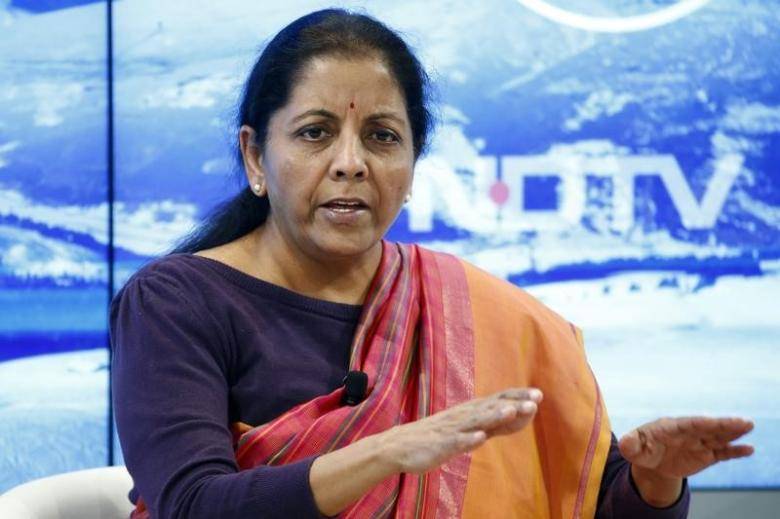New Delhi (Reuters): India has stepped up its lobbying effort against moves in the U. S. Congress to impose curbs on visas for skilled workers that threaten the South Asian nation's tech sector, which employs more than 3.5 million people.
Speaking to Reuters, Trade Minister Nirmala Sitharaman said New Delhi had reached out to the administration of President Donald Trump to stress the importance of India's $150-billion IT services industry to U.S. citizens. "India's investments in the United States have provided jobs to U.S. citizens," she said in an interview. "That has to be brought to the notice of the U.S. administration."
The comments come days after Prime Minister Narendra Modi urged Washington to keep an open mind on admitting skilled Indian workers. Indian software companies such as Tata Consultancy Services, Infosys Ltd and Wipro Ltd shot to prominence in the 1990s by helping Western firms stamp out the "Y2K" bug.
Trump's "America First" rhetoric on jobs, however, has put their biggest market under threat. A bill was introduced in the U.S. Congress last month to more than double the minimum salary of H-1B visa holders, which could significantly boost costs for IT companies, whose margins are already being squeezed.
New Delhi has backed a move by NASSCOM, India's high-tech industry association, to lobby U.S. lawmakers and companies to urge the administration not to crack down on allowing its skilled workers into the United States. A NASSCOM delegation is now in the United States to make its case to officials on Capitol Hill and in the White House.
"We will have to engage with the new administration," Sitharaman said. "Our engagement at every level is intact and continuing." The United States is India's biggest trading partner, but trade in goods between the two countries has been stagnant, at around $67 billion, for the last three years. Indian software exports to the U.S. rose more than 10 percent, to $37 billion, in the last fiscal year from a year earlier.


